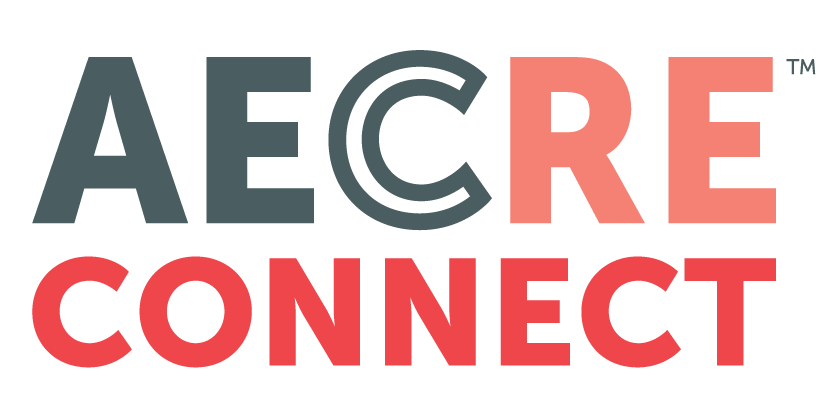The original story can be read on AZ Big Media, here.
On March 18, 2020, President Trump signed the bi-partisan Families First Coronavirus Response Act, which contains several provisions to provide aid to individuals who are affected by the COVID-19 pandemic. Among other things, the Act provides for free coronavirus testing, enhanced unemployment benefits, additional funds for Medicaid and nutritional programs, and protection for health care workers and employees responsible for cleaning at-risk places. Importantly for employers, the new coronavirus legislation requires 2 weeks of paid leave for COVID-19 related purposes and expands FMLA-type leave, including for caring for a child when a school or place of child care is closed. Many of the provisions end on December 31, 2020.
1. What Employers Are Covered by the New Requirements?
The new sick leave and expanded FMLA leave requirements apply to all employers with fewer than 500 employees. This includes those with less than 50 employees that are not covered by the FMLA. The geographic location of the employees is also not a factor, unlike the 75-mile radius used in the FMLA.
2. How Much Paid Sick Leave Is Required by the coronavirus legislation?
Full-time employees are to receive the equivalent of two weeks of paid leave, up to a maximum of 80 hours. Part-time workers must be provided leave equal to the number of hours they would normally work in two weeks. For example, an employee who works an average of 32 hours per week would be entitled to 64 hours of paid sick leave.
The paid sick leave in the new law is in addition to any other paid leave that a company would otherwise provide. The paid sick leave under the new law does not carry over from one year to the next.
3. What Are the Reasons that an Employee Can Take Leave?
i. The employee is subject to a Federal, State, or local quarantine or isolation order related to COVID-19;
ii. The employee has been advised by a health care provider to self-quarantine due to concerns related to COVID-19;
iii. The employee is experiencing symptoms of COVID-19;
iv. The employee is caring for an individual who is subject to orders 1 or 2 above;
v.The employee is caring for a son or daughter whose school or place of care has been closed or the child care provider of such child is unavailable due to COVID-19 precautions;
vi.The employee is experiencing similar conditions, as defined by the federal government.
4. What Pay Is Required for Employees Using the New Paid Sick Leave?
Employees who are using sick leave for reasons 1-3 above, basically related to their own isolation or care, must be paid their regular pay for the time they absent, up to a maximum of $511 per day and $5,110 for the leave. Employees using sick leave for purposes 4-6 must be paid up to 2/3 of their regular pay, up to $200 per day and $2,000 for the leave period.
5. What Are the New FMLA Requirements for “Public Health Emergency Leaves”?
Covered employers (those with less than 500 employees) must provide employees, after their first 30 calendar days of employment, with 12 weeks of job-protected leave if the employee is unable to work (or telework) due to the need for leave to care for a son or daughter under 18 whose school or place of care was closed, or the child care provider is unavailable, due a COVID-19 public health emergency.
The first ten days of leave can be unpaid. Employees can request to use other available paid leave. Unlike the regular FMLA, employers cannot require employees to use other paid leave. After two weeks, employees must be paid at 2/3 of their regular pay, up to $200 per day and $10,000 per leave period.
The Secretary of Labor may exempt small businesses with less than 50 employees from Public Health Emergency leaves that “would jeopardize the viability of the business as a going concern.”
6. Do the Leaves Apply Because of a Shutdown?
The way that the law is drafted, the Emergency Leaves do not appear to apply to situations where an employee is on leave because a facility shut down, unless the employee meets one of the other requirements, such as an absence to care for a child when the school or child care facility is closed.
7. How Are Employers Supposed to Afford to Pay the Leave?
The Act provides for a tax credit for employers who have paid employees under the new law. Consideration is being given to allowing employers to borrow those funds against their accounts with IRS.
8. Are Notices Required to Employees?
The Act does require that certain notices be provided to employees. DOL should issue a new poster by March 26, 2020 to address some of the updates so make sure to watch for new posters.
9. What Information Are Employees to Provide about their Leave Requests?
Because the new law is an amendment to the FMLA, many of the practices from the FMLA will apply. Employees do not need to specifically request their new leave rights, but merely communicate circumstances that a supervisor should recognize as triggering their leave rights. Certifications by a health provider are sufficient to qualify for leave, without further substantiation.
10. How Will the Law Be Enforced, and Are There Penalties for Non-Compliance?
The new requirements are enforced by the Department of Labor and the penalties for violations of minimum wage laws apply. That means that claimants could receive double the amount they were due, plus attorneys’ fees, and the Department may pursue additional penalties. Employees are also protected from retaliation for exercising their rights under the Act.
CONCLUSION AND RECOMMENDATIONS
• Train human resources administrators in the new leave requirements.
• Train supervisors to be alert for employee communications that could trigger their leave rights.
• Treat employee medical information confidentially.
• Follow return-to-work practices to applicable to other medical conditions.
• Implement best practices to reduce COVID-19 transmissions in the workplace, e.g. physical separation, personal protective measures, cleaning and remote working arrangements, if possible.
The COVID-19 pandemic implicates multiple contracts and laws, including but not limited to wage and hour laws, state paid leave laws, FMLA, ADA, OSHA safety, EEOC and WARN Act. Gammage & Burnham offers a wide array of employment law services including revised policies, addressing leaves, payment during leave, tax relief under new Bill, unemployment payments, guidance on what you can ask employees about COVID-19, medical testing and release before returning to work, safety precautions, and telecommuting agreements for remote workers. Attorneys at Gammage & Burnham can also help address business situations, including but not limited to lease issues, breach of contract, insurance disputes, landlord/tenant, workouts, or bankruptcy. Many contracts have force majeure clauses that excuse performance when there are unexpected circumstances beyond the control of the parties, and those provisions may apply to pandemic situations such as COVID-19.
Julie A. Pace, David A. Selden, and Heidi Nunn-Gilman are attorneys at Gammage & Burnham. Julie Pace’s practice handles employment law, handbooks, drug and alcohol policies, I-9 and E-Verify compliance, OSHA, independent contractor and alleged misclassification issues with DES and other government agencies, and defends claims of sexual harassment, employment discrimination, retaliation, whistleblower, and wrongful discharge, and against charges by the EEOC or ACRD. Dave Selden’s practice focuses on defending employers in employment and commercial litigation relating to the full range of employment issues, including but not limited to wrongful termination, non-competes, independent contractor and alleged misclassification issues with DES and other government agencies, defends claims of sexual harassment, employment discrimination, retaliation, whistleblower, and breach of fiduciary duties, and against charges by the EEOC or ACRD. Heidi Nunn-Gilman’s practice focuses on employment litigation and human resource matters. She advises clients on matters relating to labor and employment law, including I-9 and immigration compliance strategies, E-Verify, ICE and worksite enforcement, EEOC, Title VII, FLSA, FMLA, ADA, drug and alcohol, NLRB, wrongful discharge, non-competition and confidentiality agreements, wage and hour laws/DOL for both public and private employers, paid sick leave, employee handbooks, and executive agreements.


